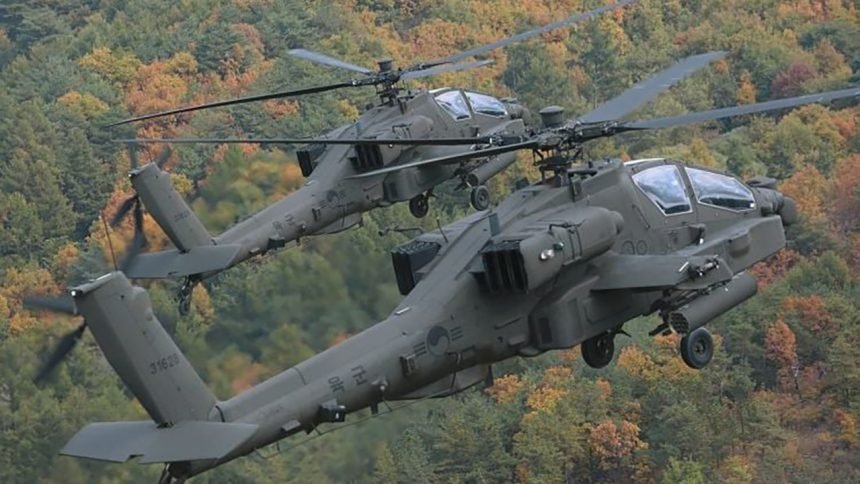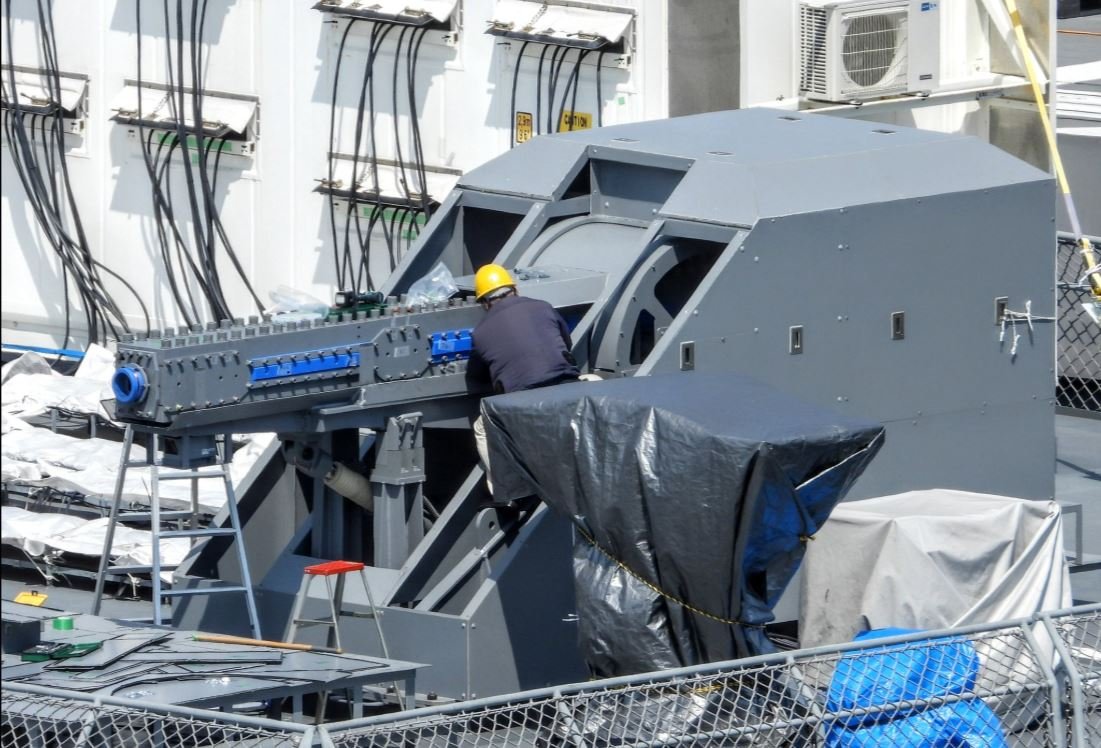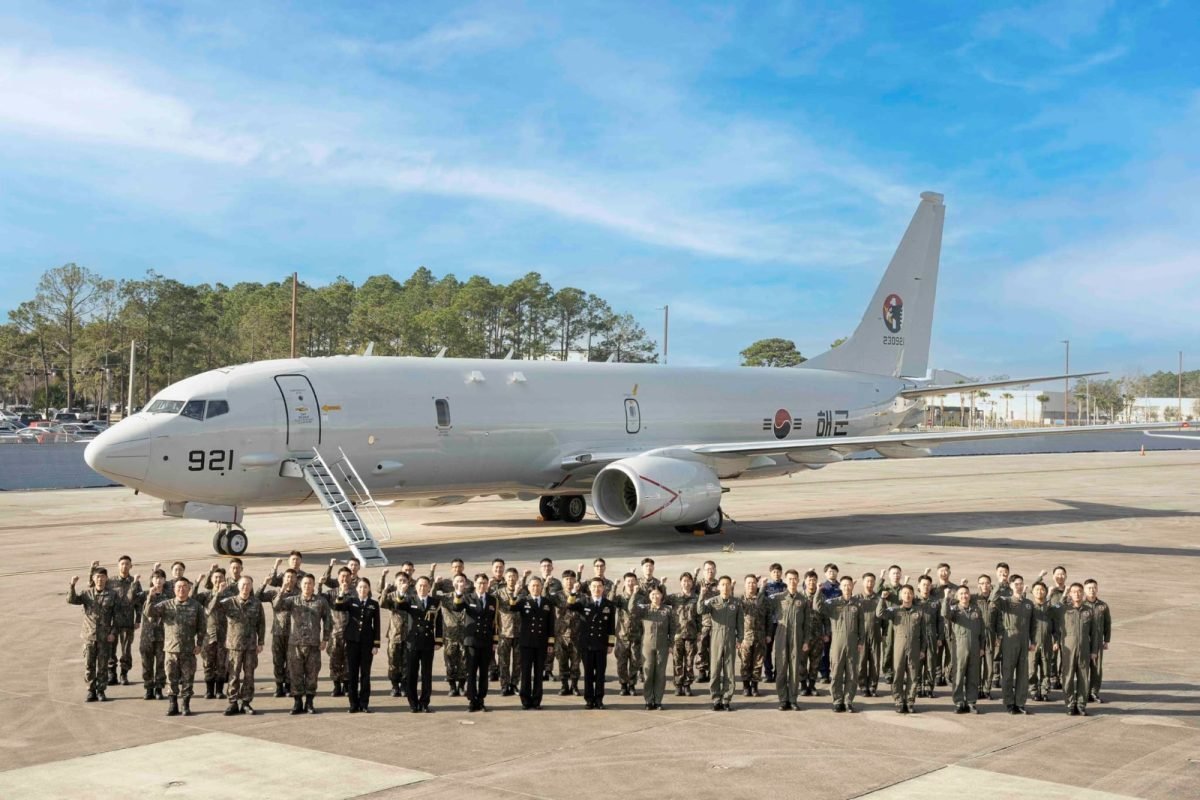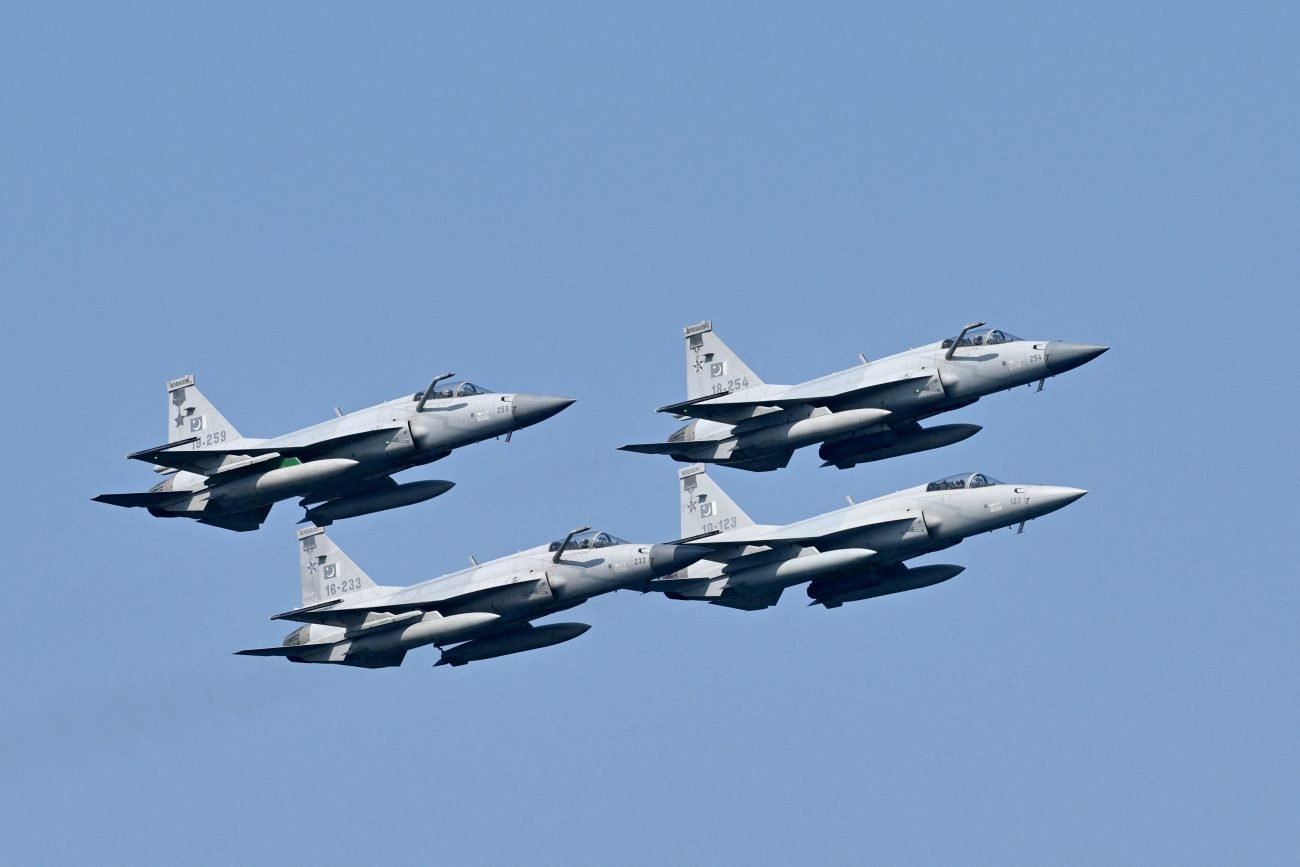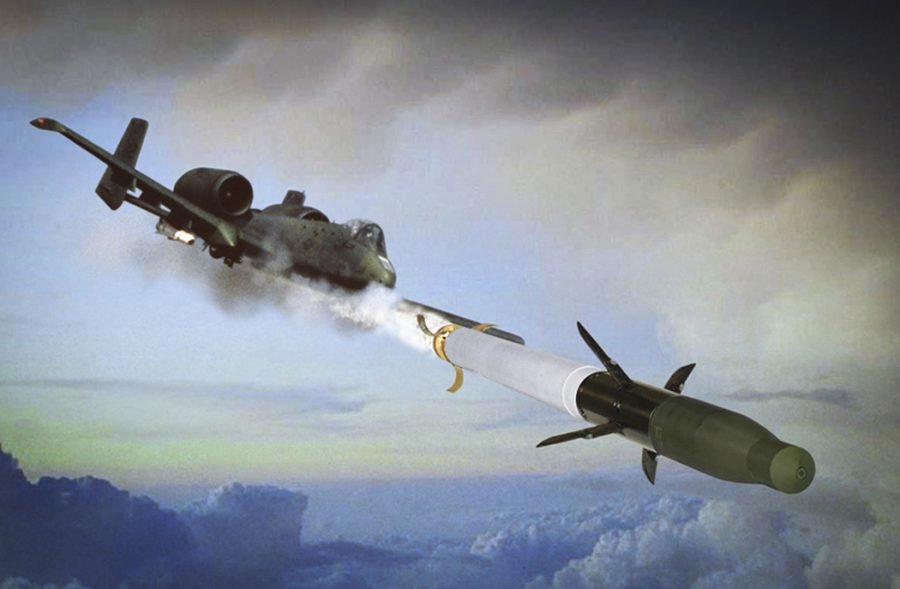The Pantsir S-1 air defense system, used widely by the Russian Armed Forces, has now been deployed by North Korea, according to Ukrainian Intelligence.
Kyrylo Budanov, head of Ukraine’s military intelligence (HUR), disclosed in an interview with Hromadske Radio on July 1 that North Korea has already deployed the Russian Pantsir-S1 air defense system in the capital, Pyongyang.
“I can tell you that the first Pantsir S-1 installations have already appeared in Pyongyang,” Budanov told Hromadske Radio. “They are already on combat duty there, guarding their capital. And the Russians are training Korean personnel, and soon the Koreans will be working autonomously on this technology.”
Russia has also reportedly transferred the technology for the development of Shahed kamikaze drones that have been extensively used by the Russian forces against Ukraine.
The claim, though not officially confirmed by the Democratic People’s Republic of Korea (DPRK), or North Korea, has been made more than a month after the United Nations (UN) Multilateral Sanctions Monitoring Team (MSMT) May 29 report said North Korea had received an unspecified number of short-range air-defence systems from Moscow.
“The deployment of the Pantsir provides [North Korea] with a more modernised air-defence system compared to its current inventory of legacy Russian systems and its domestically produced systems that have yet to be deployed,” the MSMT report said. “Since November 2024, Russia is believed to have provided North Korea with short-range air-defence systems and advanced electronic warfare systems, including jamming equipment, using Russian cargo aircraft and also transferred operational knowledge,” the report stated.
North Korea currently operates outdated Soviet-era air defense systems, the S-75, S-125, and S-200. The deployment of the Pantsir S-1 will significantly bolster the area defense of high-value assets and centres in the North Korean capital, Pyongyang.
It is the same air defense that protects the Russian President, Vladimir Putin. It has been deployed on rooftops in Moscow, including the Kremlin, and around one of President Putin’s residences.
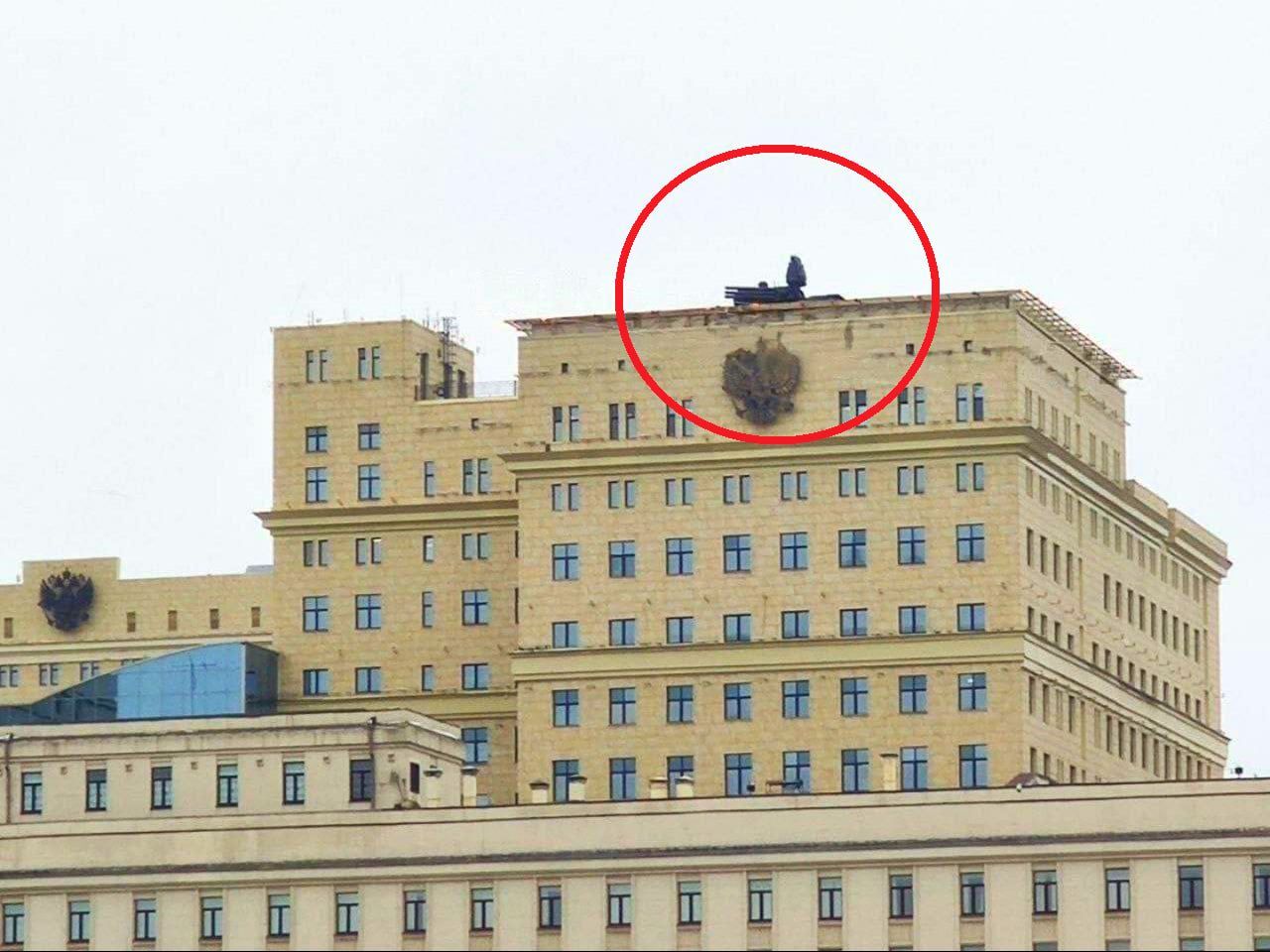
Notably, the deployment coincides with a military modernization undertaken by the North Korean Supreme Leader Kim Jong Un amid rising tensions with South Korea and the US.
North Korea has emerged as one of the few states that have lent ideological, logistical, and military support to Moscow in the wake of the Russian invasion of Ukraine and the retaliatory sanctioning and ostracization of Russia. It has supplied a substantial portion of the artillery ammunition as well as personnel to fuel Moscow’s war effort.
The intelligence sources in Brussels revealed that North Korea deployed approximately 11,000 troops to Russia in 2024, supposedly to assist in repelling Ukrainian incursions in the Kursk region.
In fact, the Ukrainian intelligence input came just a day after social media was inundated with images of Kim Jong Un paying tributes to the repatriated coffins of North Korean soldiers who were killed fighting for Russia in the Ukraine war.
Kim Jong Un mourns soldier killed in Kursk — Korea Central TV
DPRK media showed Kim tearfully kneeling before a flag-draped coffin of a soldier deployed to Russia’s Kursk region
The footage aired during an event marking the first anniversary of the DPRK-Russia strategic treaty pic.twitter.com/muIfBH48Bl
— RT (@RT_com) June 30, 2025
It has utilized this military assistance to enhance its combat capability, with the Comprehensive Strategic Partnership Treaty, signed in June 2024, serving as the basis for this burgeoning cooperation.
The Ukrainian intelligence chief, Budanov, said North Korea is “currently significantly increasing its military power” by working directly with Russia. It benefits from the “real combat experience” of personnel who fought alongside Russian troops, as well as from Russia’s continuous technology transfers. Russia is allegedly transferring advanced military technology to North Korea, ranging from satellite support to conventional weaponry such as tanks and fighter aircraft, bolstering its long-term military modernization strategy.
According to TIME Magazine, North Korean satellite launches and ballistic missile developments have shown marked improvement since this partnership deepened—further evidence of a high-tech quid pro quo.
However, the deployment of the Pantsir air defense system stands out for one reason: its capability to defend Kim Jong-un against any potential future attack.
Pantsir S-1 AD System
The Pantsir S-1 system, widely used by the Russian Armed Forces, has long been a key component of Russia’s defense strategy. Developed by the KBP Instrument Design Bureau in Tula, Russia, and manufactured by the Ulyanovsk Mechanical Plant, the system is a successor to the 2K22 Tunguska and has been in service since 2003.
Initially, the Pantsir S-1s was meant to defend against attacks on very strategic assets such as airfields, missile silos, command posts, and communication arrays. However, after the fall of the Soviet Union in 1991, the Pantsir was repurposed as a short-range defense for Russian ground forces.
The Pantsir-S1 is capable of intercepting various airborne threats, including fixed-wing aircraft, helicopters, drones, and missiles.
The system combines both missile and gun systems to provide a multi-layered defense shield, offering additional protection for higher-tier air defense systems, such as the S-400.
The Pantsir S-1 offers point and area defense for both military and civilian targets, as well as motorized or mechanized formations up to regimental strength. It may not be far-fetched to assume that the system could be used to protect Kim Jong Un now.
It works well against threats that are low to extremely low in altitude, such as drones, which have now become the most common and intrusive threat in modern combat. The Pantsir S-1 also protects against stealth aircraft and high-speed missiles, with a speed of approximately 1,000 meters per second.
Earlier, referring to its performance against Ukraine, the Russian Ministry of Defense said, “The Pantsir detection systems allow operators to calculate both cruise and ballistic missiles, helicopters, aircraft or MLRS shells of the Soviet and Western type, as well as household drones 30x30cm in size, which the intelligence of the Armed Forces of Ukraine (AFU) often used for reconnaissance of the area, as well as kamikaze drones.”
The Pantsir fire control system (FCS) uses a dual waveband tracking radar and a target acquisition radar that operate in the Ultra High Frequency and Emergency High Frequency (UHF and EHF) wavebands. With a Radar Cross Section (RCS) of 2 m2, the radar can identify targets within 32–36 kilometers and track them within 24–28 kilometers. Moreover, the radar can track targets and surface-to-air missiles while in flight.

The FCS utilizes an electro-optic channel, incorporating an infrared direction finder and a long-wave thermal imager, in addition to radar. It also has digital signal processing and automatic target tracking. The two independent guidance channels – radar and electro-optic – enable the Pantsir S1 to engage two targets simultaneously.
The Pantsir-S1 has been upgraded by Russia to enhance its lethality. The Pantsir-S1M model, for example, features a new S-band radar that can identify targets up to 75 kilometers away, along with an expanded missile range of 30 kilometers and an operational altitude of 18 kilometers.
Separately, the Pantsir-SM-TBM variant, which relies on offboard sensors, can contain 24 missiles without cannons, while the Pantsir-SMD-E, another enhanced model introduced in 2024, carries 48 mini-missiles for drone defense.
In particular, the Pantsir S-1 system has been used in some high-profile situations, including in Syria, where it gained attention in 2022 for firing at a US MQ-9 Reaper drone.
It has also been exported to countries like Algeria, Ethiopia, Iraq, Libya, Saudi Arabia, Serbia, and the United Arab Emirates. Additionally, India signed a Memorandum of Understanding (MoU) with Russia in 2024 for the joint production of this venerated system.
While it has seen success in specific scenarios, its performance has been inconsistent in contested environments due to vulnerabilities to electronic warfare and drone attacks. Despite that, it remains one of the most potent air defense systems in Russia’s arsenal.
Its widespread use by Russia and export clients underscores its strategic importance, and Pyongyang is expected to benefit immensely from its deployment.

